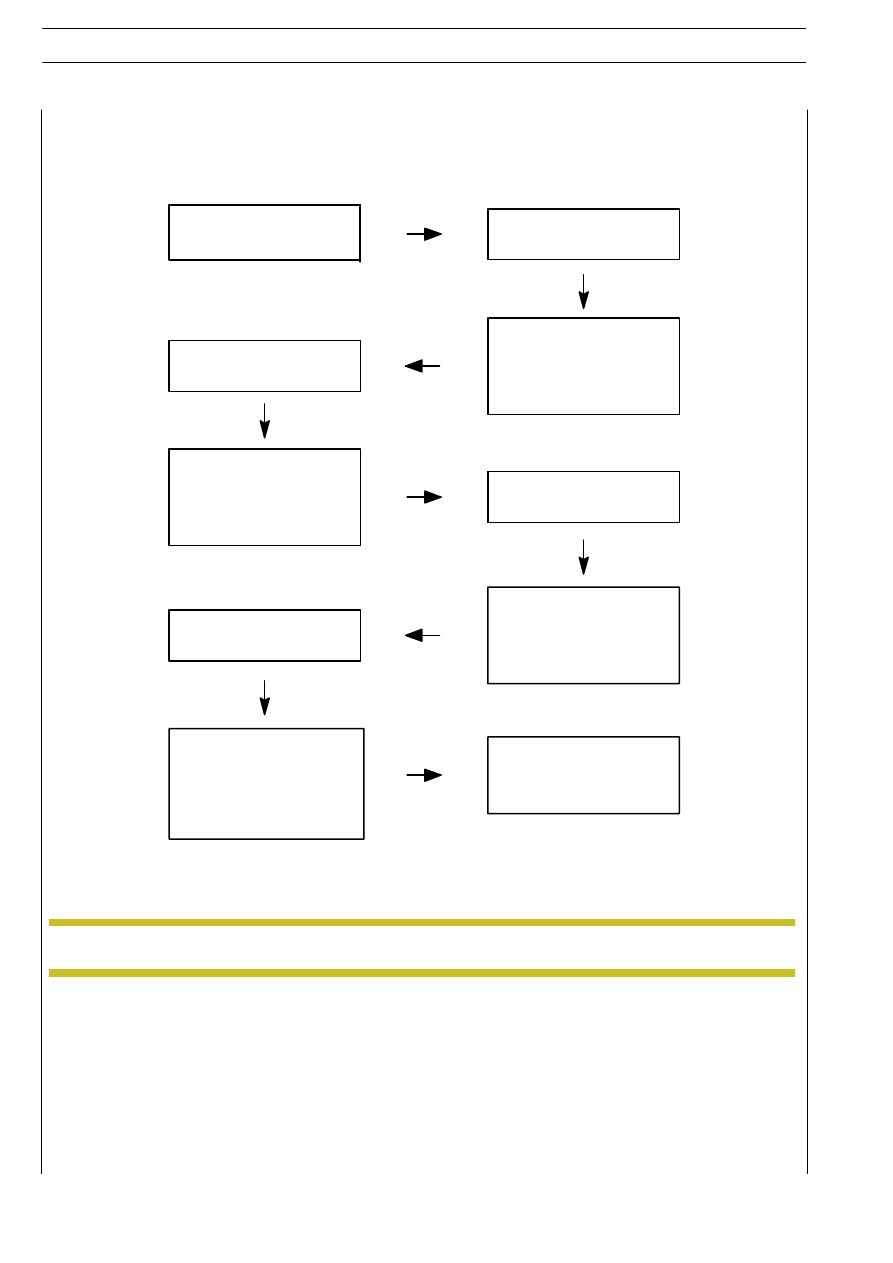Iveco Daily. Manual - part 327

After rear right wheel bleeding
has been completed (as
signalled by the diagnosis
instrument), close the drain
screw. The procedure will
now be completed.
ABS 8/ESP 8 system bleeding procedure sequence
Call the “BLEEDING”
routine.
Open the rear right wheel
drain screw.
In case of failure of one single
step or the entire bleeding
process, the whole procedure
will have to be repeated.
After front right wheel
bleeding has been completed
(as signalled by the diagnosis
instrument), close the drain
screw and proceed with the
rear right wheel
After front left wheel bleeding
has been completed (as
signalled by the diagnosis
instrument), close the drain
screw and proceed with the
front right wheel.
Open the front right wheel
drain screw.
After rear left wheel bleeding
has been completed (as
indicated by the diagnosis
instrument), tighten the drain
screw and then proceed with
the front left wheel.
Open the front left wheel
drain screw.
Open the drain screw of the
corresponding wheel.
After air bleeding from the braking circuit has been completed, fill with brake fluid up to the top level (do not fill with
oil that has already been used).
NOTE
48/2
HYDRO-PNEUMATIC SYSTEM - BRAKES
D
AILY
Revi - February 2005